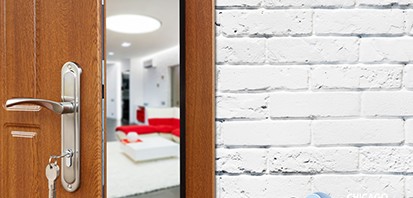Owning a home is a privilege that’s a core aspect of the American Dream. However, there’s many safety and security concerns that we, the residential lock installation and residential security … Continue reading
Category Archives: Residential Locksmith Chicago
It’s always a good idea to hire a certified locksmith to carry out all of your lock installation, lock repair, and lock maintenance needs. Not only are amateur attempts much … Continue reading
Buying a home safe can be a confusing process due to the massive amount of safes available on the market today. The huge variety of price ranges, makes, and models … Continue reading
When most people move into a brand new neighborhood, they inquire about its level of safety. There’s fantastic new tools for people to help inquire about, address, and analyze neighborhood … Continue reading
Drinking alcohol is one of the global pastimes of working (and indolent) people everywhere. For some people it’s a hobby; for others it’s a lifestyle. Casting an eye away from … Continue reading
The center of every family is their home; it’s the space for togetherness that adds a sense of safety, regularity, and stability. Not only is the home a financial liability, … Continue reading
Here at Chicago Locksmiths, we make our primary objective the long-lasting safety and security of your household or business. The safety and integrity of your household also includes material objects … Continue reading
The majority of people’s conception of security extends to only door and window locks, but it’s a fact that protecting your valuables inside interior safes add an essential additional level … Continue reading
Unlike the self contained, capsule security of cars, motorcycles’ lack of doors, locks, or hoods makes them especially vulnerable to theft. Anyone can access the engine or internal electronics – … Continue reading
If you’re at all concerned about the likelihood of a burglar breaking into your home, this article is for you. The fact is that the United States is the world’s … Continue reading





